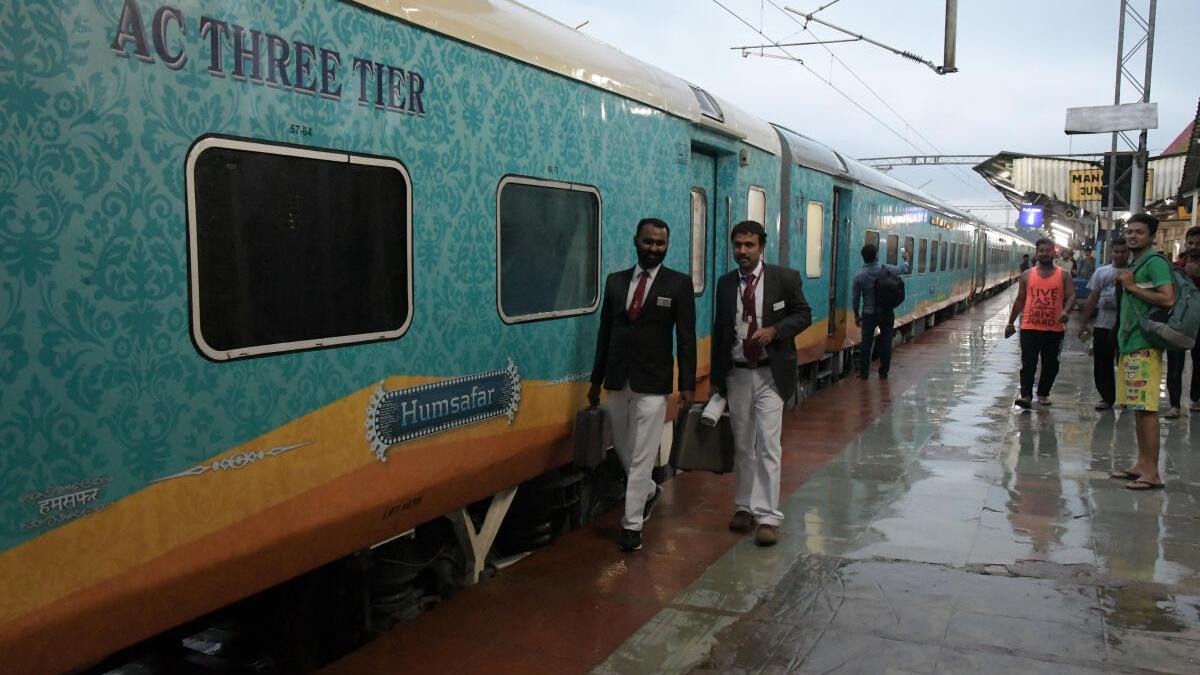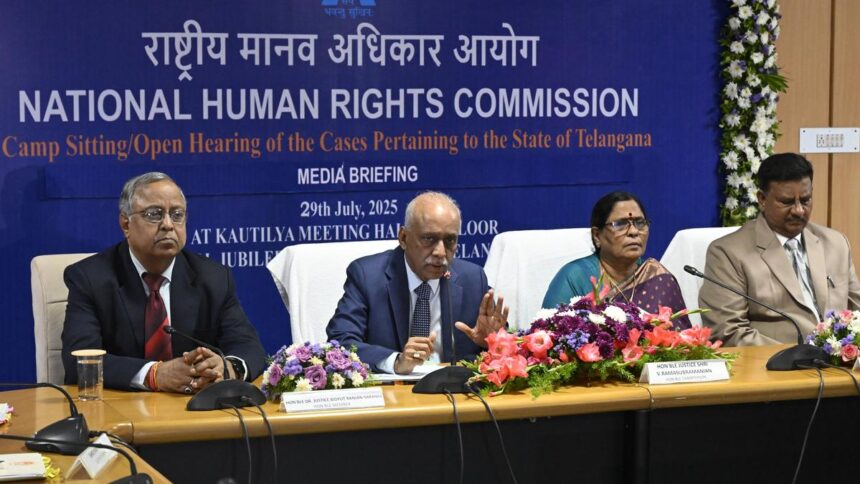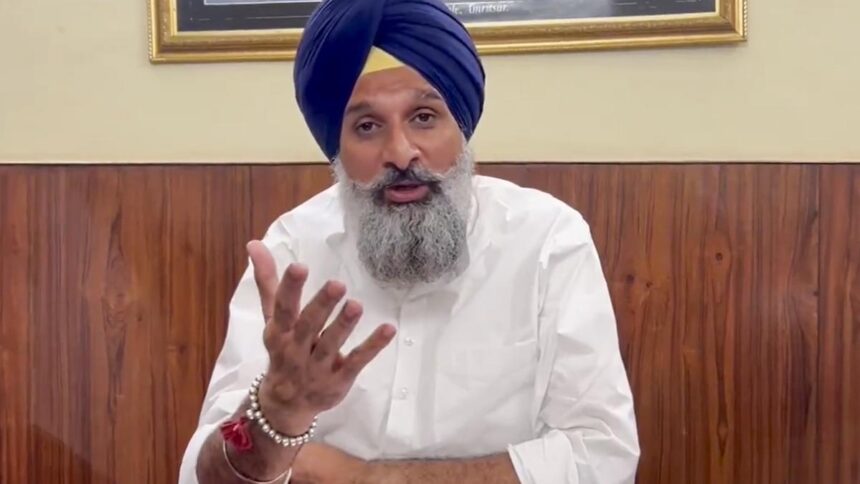
Indian Railways is keen on increasing the number of AC three-tier coaches in long-distance trains
In the last decade, the share of air-conditioned (AC) berths/seats in non-suburban trains (long-distance trains) has doubled, while the share of non-AC berths/seats has declined considerably in India. In parallel, the share of passengers who travelled in AC coaches has tripled, while the share of those who travelled in second class has declined considerably.
Suburban trains are meant for short distances, usually up to 150 kilometres, to facilitate movement within cities, suburbs, and extended suburbs. These trains operate with electrical multiple units rakes or EMUs. Non-suburban trains cover longer distances and this analysis is restricted to them.
These conclusions assume significance, given that the Indian Railways is keen on increasing the number of AC three-tier coaches in long-distance trains — the only class of travel which has fetched consistent profits for the organisation — in place of sleeper and other coaches. While news reports show that in many long-distance trains, sleeper and second class coaches are being substituted with AC three-tier coaches, the government has refuted such claims in a recent reply in the Lok Sabha.
In a question answered on July 23, the Minister of Railways, Ashwini Vaishnaw, had said that the share of non-AC coaches has “significantly increased to about 70%”. However, the data shared in the reply does not specify the base year from which this increase was calculated. The data shared by the Minister also claimed that in FY25, 1,250 general coaches have been utilised in long-distance trains, while the corresponding figures for AC coaches were not divulged.
However, data for non-suburban trains collated from the Indian Railways Annual Reports of 2023-24 and 2013-14 show substantial increase in AC berths/seats. In the last decade, the share of non-AC berths/seats declined from over 84% to 68% of the total available berths/seats in non-suburban trains, while the share of AC berths/seats increased from close to 16% to about 32% as shown in the chart below.
The increase in berths/seats was particularly pronounced in AC three-tier coaches. The share of these in the total increased from around 10% to 24% in the last decade. On the other hand, the share of berths/seats in sleeper coaches decreased from 33.3% to 29% and the share of ‘other non-AC’ coaches came down from 51% to 39%.
An analysis of the percentage increase and decrease in berths/seats over the past decade also highlights a growing preference for AC coaches. In 2023-24, the berths/seats in AC three-tier coaches had increased by 238% from 2013-14. In contrast, the berths/seats in sleeper coaches increased by only 21% and ‘other non-AC’ coaches increased by only 6.4% in the same period as shown in the chart below.
A similar pattern can be seen when analysing the number of passengers who travelled across various classes of non-suburban trains. For instance, the share of passengers in AC three-tier coaches in total increased from less than 2% in 2013-14 to 7.5% in 2023-24. In contrast, the share of those in second class mail/ordinary coaches in total declined from over 88% to 75.5%. Those in sleeper mail/ordinary coaches increased from 8.3% to 13.2% as shown in the chart below.
An analysis of the percentage increase and decrease in passengers carried also shows a similar pattern. In 2023-24, the number of passengers in AC three-tier coaches increased by 201% from 2013-14. On the other hand, those carried in second class mail/ordinary coaches decreased by 36%. Passengers carried in sleeper mail/ordinary coaches increased by just 18.6% as shown in the chart below.
nitika.evangeline@thehindu.co.in
devyanshi.b@thehindu.co.in
vignesh.r@thehindu.co.in
Published – August 02, 2025 08:00 am IST





















